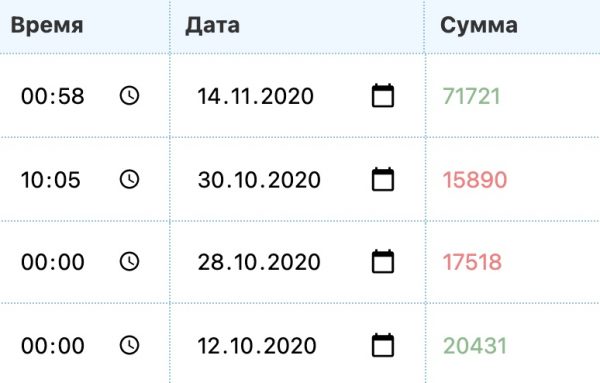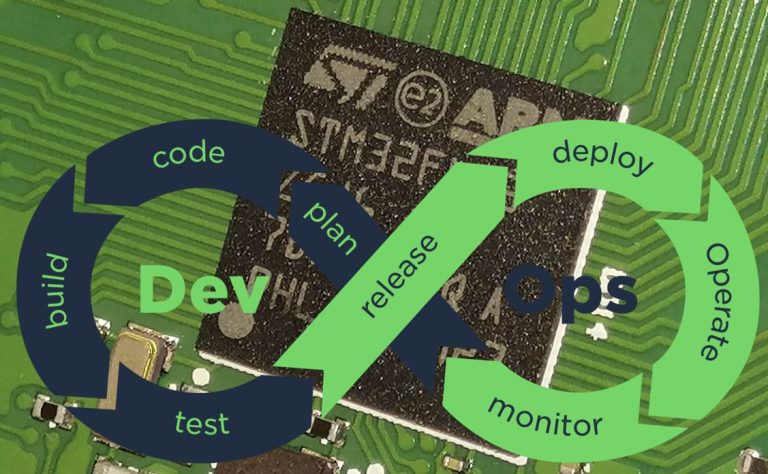RPA has already surpassed expectations to improve public sector performance

As an academic, I started to study robotic process automation (RPA) with some trepidation. Prior to that, I spent twenty-five years in the private sector, managing large non-profit organizationsby listening to suggestions on various technologies that promised to bring exorbitant benefits, but turned out to be ineffective when implemented.
So when I first learned about RPA, I was not going to repeat the same mistakes. This time I wanted to be more suspicious and ask even more difficult questions. I was intrigued by this technology, as I have worked throughout my professional career to make the public sector more efficient and effective, believing that citizens owe a debt to elected leaders.
I was wrong about RPA technology benefits the public sector and promises to make government work better for citizens.
Throughout my training, innovative and practical use cases have emerged all the time. I have been amazed at the creative solutions of RPA companies like UiPath and other technology companies that have helped automate all sorts of task-oriented functions and business processes across a huge number of agencies at all levels of government, resulting in effective use of tax dollars.
I also found that more people should be aware of this technology and its capabilities, which it has consistently implemented. Many friends in the “corridors of power” were not familiar with RPA technology and its capabilities. I came to the conclusion that there are two general groups of people in the public sector: those who are connected with IT and are also familiar with RPA, and many others who do not know about it because they are policy-oriented. This meant that an even longer education campaign was needed to accelerate RPA adoption in the public sector, especially for non-IT workers.
Our partnership with UiPath has allowed us to launch RPA Initiative at the Business Civic Engagement Center at the School of Policy and Government at George Mason University in January 2021. The mission of this Initiative is to research, educate and disseminate information on how technology adoption can improve productivity, operations and service delivery in public sector organizations.
The initiative will also present and recommend possible governance models and public policy initiatives for implementing RPA in the context of broader economic prospects and future work. As part of its mission, the RPA initiative will take an interdisciplinary approach to present perspectives on how RPA technology can help address both traditional and emerging public sector challenges.
The initiative has hosted successful webinars on RPA issues that arise in the public sector and we have just released our first research paper. “RPA Perspectives for the Public Sector“Further research, training and communication are planned. Feel free to use this information. Of course, we also invite you to join our work.
Order a free copy of your research paper.
Currently, we are faced with an unpleasant political bias, and sometimes it seems that our country is tense to the limit. But RPA has no party affiliation. It has no political ideology or party house. As we note in the document, it is being implemented by officials across the political spectrum seeking to add value to their citizens, and allows public sector workers to focus on important priorities without being wasted on routine and day-to-day tasks.
If RPA was a horse, it would win the triple crown. It benefits public sector organizations. This is a win for public sector employees. It benefits stakeholders who want to get more value from their tax contributions. I believe that elected officials will continue to push for this technology because of its practical value to everyone.
You may have other goals for the RPA industry. But here are mine, based on government jobs and communications in my professional life:
Maintain our focus on education, research and communication so that people know and accept RPA, its benefits and positive impact on society.
Raise use case awareness exponentially, not only to provide more examples of successful RPA applications, but also to spur even more innovative ideas so that RPA alone or in combination with artificial intelligence (AI) and machine learning ( ML) could be used in all public sector organizations.
With great humility and optimism, note the fact that RPA does work in America more efficient and effective. We all have different motives and roles in the RPA family. But no matter what each of us does every day, we are part of a movement that is focused on values, results, and positive impact on everyone. This is not something that everyone can say about their profession or industry.
Translation prepared as part of the course “Software Robot Developer (RPA) based on UiPath and PIX.”
We invite everyone to a two-day online intensive RPA in Practice on the Uipath Platform… On the first day we:
– we will solve boring tasks and put together the first project,
– we will gain knowledge and skills on working with Uipath,
– Let’s study interaction with the browser, mail and Excel.





